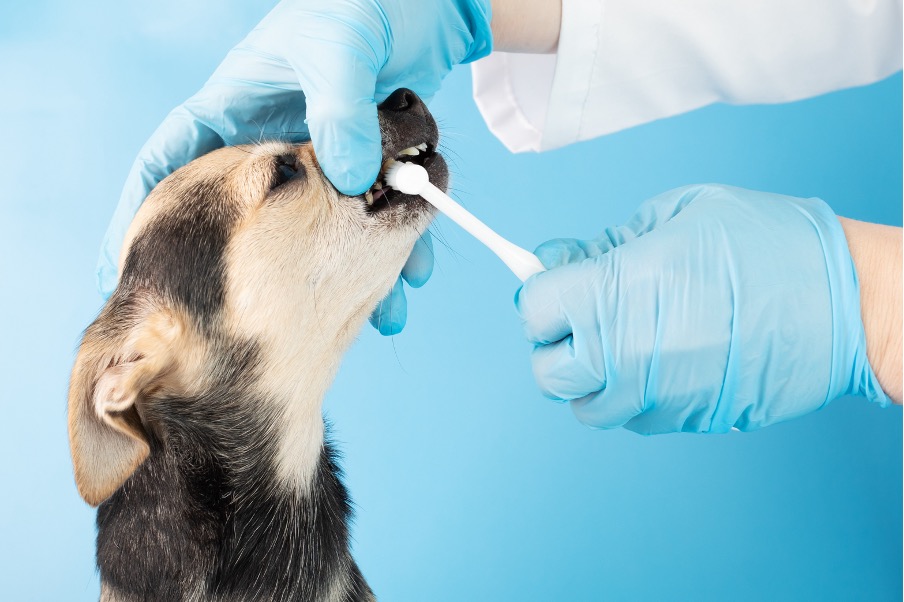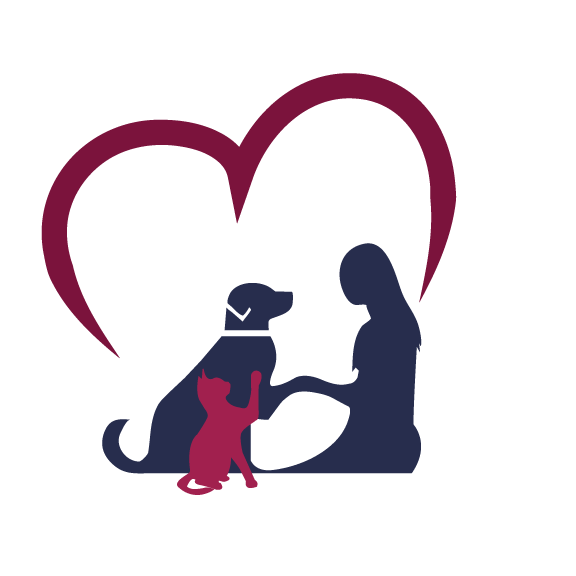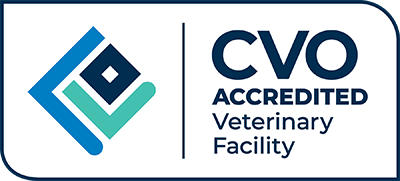
Comprehensive Veterinary Dentistry
Professional cleanings, exams, and extractions for a healthier smile.

Dentistry in the veterinary world is done under general anaesthesia. This is the only way to get a full, detailed exam and cleaning of the entire mouth, including the inside and under the gumline. The tartar and calculus are scaled off using an electronic scaler and hand instruments. Then, a full dental exam is performed, looking for any loose, broken, painful or discoloured teeth, pockets along the margin of where the gum meets the tooth (pockets indicate loss of bone holding that tooth in place), masses in the mouth, etc. If there are any questionable areas, we can take digital dental radiographs (x-rays) to assess the bone underneath the gum line that we can’t see. Veterinary dentists will recommend full-mouth dental radiographs on every patient, to not miss any potential disease of the teeth/bone. This is the best option, but not something we make mandatory, to keep costs reasonable so that we can see patients more often to remove calculus and prevent disease and hopefully loss of teeth. Any diseased teeth would be surgically extracted, which is much more difficult in pets than in people, as animals have much longer tooth roots. We numb the area with local anesthesia, just like at your dentist, so that recovery is smooth and pain is controlled. Sutures (stitches) are placed that will dissolve over time. Patients go home with additional pain medications for the duration of the healing (10-14 days) where we recommend that they be treated like royalty and have their food softened for them. Please and thank you! And, of course, you will get fewer smelly kisses.

Contact Us
Ottawa, ON K2J 6E8
Open Monday to Friday
9 am to 5 pm
Copyright ©2025. Designed and Created by R-ad Designs
